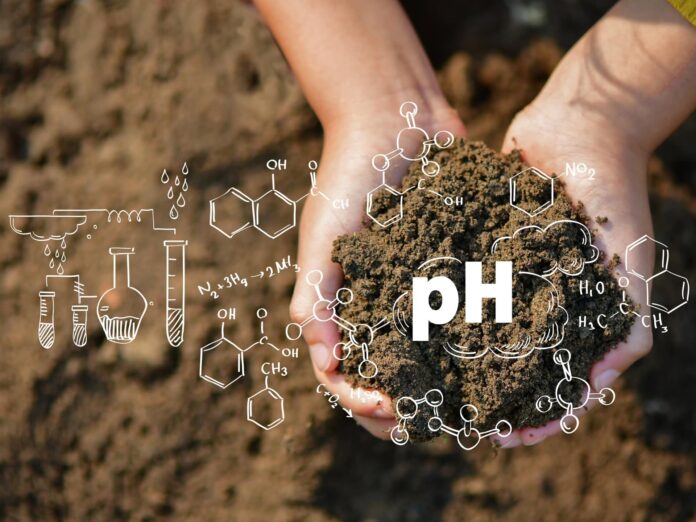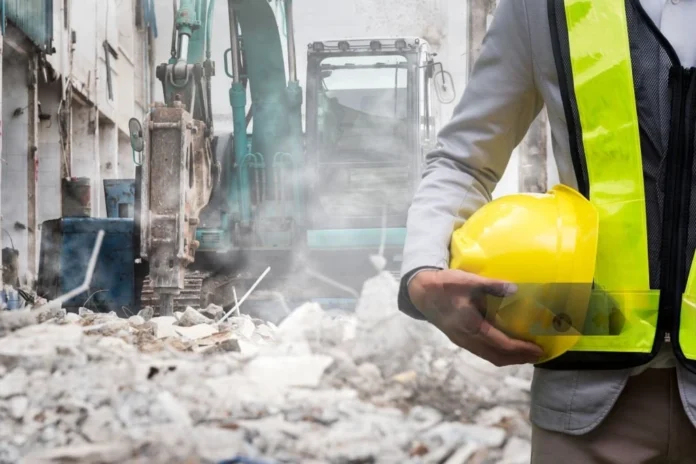Getting your hands dirty is part of the fun, but what if the dirt in your yard is the reason your plants struggle? The acidity or alkalinity of your soil affects nutrient availability, plant health, and overall ecosystem balance. If your vegetables look miserable, flowers refuse to bloom, or weeds thrive more than anything else, the issue might be beneath the surface.
Key Points:
- Testing your soil at home is simple and cost-effective.
- Neutral or slightly acidic conditions help most plants thrive.
- Natural amendments improve poor conditions without harming the environment.
- Different plants require different conditions, so tailoring the approach is important.
Why Soil pH Matters More Than You Think
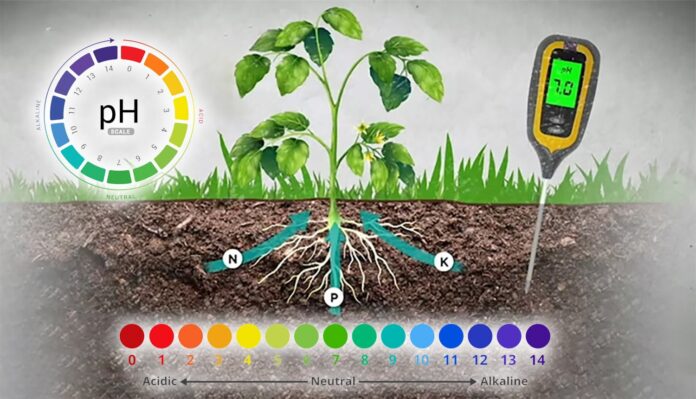

Plants are like picky eaters. Some love acidic conditions, others prefer alkaline surroundings. The wrong conditions mean nutrients stay locked away, no matter how much compost or fertilizer you add. If your plants are struggling despite regular care, your soil might be working against them.
Acidic conditions, typically below 6, make it difficult for plants to absorb nutrients like phosphorus, calcium, and magnesium. Alkaline conditions above 7.5 can lead to deficiencies in iron, manganese, and other essential elements. A neutral balance, around 6.5–7, creates an ideal growing environment for most fruits, vegetables, and flowers.
A thriving ecosystem begins with the right foundation. Healthy soil leads to resilient plants, fewer pests, and better water retention. Testing before making changes prevents unnecessary guesswork and wasted effort.
Outdoor spaces should be designed with nature in mind. Many landscape design Calgary based professionals emphasize the importance of soil testing before making any changes to your yard.
Ignoring soil conditions can lead to costly mistakes, such as planting species that won’t thrive or wasting time on amendments that don’t work. A proper analysis allows homeowners to choose the right plants, maintain sustainability, and create landscapes that enhance both beauty and biodiversity.
How to Test Your Soil Without Fancy Equipment
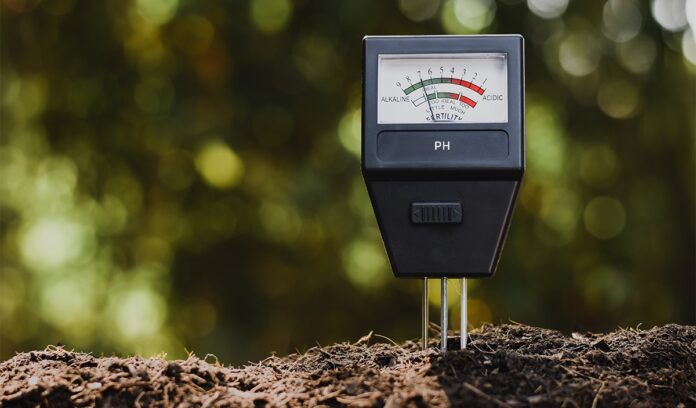

Testing is easier than most people think. You don’t need expensive lab reports or complicated equipment. In fact, you can get a good idea of your soil’s condition with simple household items.
Vinegar and Baking Soda Method
If you’re looking for a quick and budget-friendly test, grab some vinegar and baking soda. It won’t give precise numbers, but it helps determine whether your soil leans toward acidic or alkaline.
- Test for Alkalinity: Scoop a small amount of dry soil onto a plate and pour some vinegar over it. If it fizzes, your soil is on the alkaline side.
- Test for Acidity: Mix fresh soil with water in a separate container, then add baking soda. If it bubbles, your soil is acidic.
- Neutral Result: No reaction? You’re working with neutral soil, which is often ideal for most plants.
Store-Bought Kits
For a more accurate reading, simple home testing kits are available at most garden centers. These kits use color-coded strips or drops to indicate acidity or alkalinity. They’re easy to use, provide clear results, and help guide your next steps.
Digital Meters
A digital meter probes directly into the soil and provides an instant reading. If you grow a variety of plants with different needs, investing in a meter might be worth it. It eliminates the guesswork and ensures your plants get what they need.
Fixing the Problem with Natural Amendments
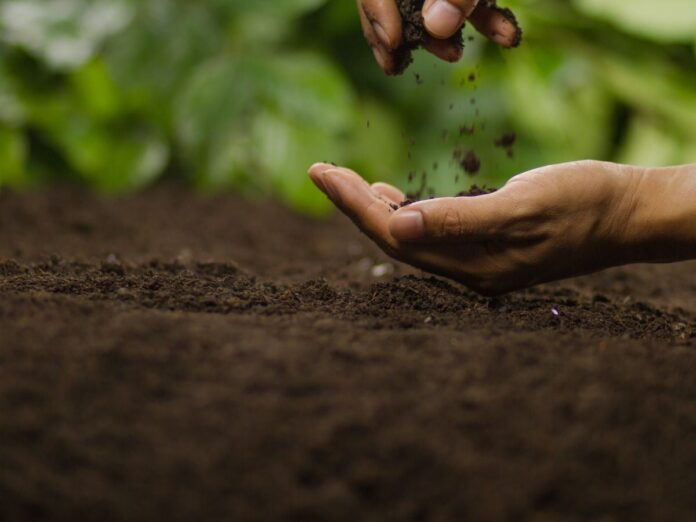

Once you know where your soil stands, you can begin making adjustments. Instead of turning to synthetic solutions, opt for natural methods that maintain long-term health without harming beneficial microbes or pollinators.
One of the easiest ways to raise acidity is by using natural materials. Wood ash from untreated firewood neutralizes excessive acidity, while crushed eggshells slowly break down, releasing calcium and reducing acid levels. For faster results, agricultural lime (calcium carbonate) can be added, but it should be introduced gradually to avoid shocking your plants.
If alkalinity is the issue, you can bring it down using organic materials. Coffee grounds introduce mild acidity while enriching the soil with organic matter. Peat moss is another natural acidifier, and it improves soil structure at the same time. Adding organic mulch, such as pine needles or shredded leaves, also slowly lowers alkalinity while providing insulation and moisture retention.
Choosing Plants That Match Your Conditions
Instead of fighting nature, work with it. Some plants naturally thrive in specific conditions, making it easier to cultivate a healthy landscape without constant intervention. Selecting the right plants for your soil type saves time, effort, and resources.
- Acid-Loving Plants: Blueberries, rhododendrons, azaleas, and hydrangeas (blue varieties) grow well in acidic environments. Many evergreen trees, including pine and fir, also thrive in these conditions.
- Neutral Lovers: Tomatoes, beans, lettuce, and roses prefer a balanced environment. Herbs like basil and parsley do well in neutral soil as well.
- Alkaline-Tolerant Plants: Lavender, lilacs, clematis, and yarrow flourish in alkaline conditions. Certain vegetables, such as asparagus, spinach, and cabbage, also tolerate slightly higher alkalinity.
The Role of Composting in Soil Health


Compost isn’t just about reducing food waste—it’s a powerful way to improve soil quality and plant vitality. Organic matter provides essential nutrients, encourages beneficial microbial activity, and enhances moisture retention.
If your garden struggles due to poor soil quality, compost is one of the best natural fixes. A mix of green materials (vegetable scraps, grass clippings) and brown materials (dried leaves, cardboard) creates a balanced environment for decomposition. Over time, this rich amendment improves soil texture, boosts fertility, and supports plant resilience.
Avoiding Common Mistakes
Even seasoned gardeners make mistakes when working with soil. Some errors are easy to fix, but others can have long-term consequences.
Skipping testing leads to incorrect amendments, which can throw off the balance even further. Overcorrecting with too much lime or sulfur creates extreme conditions that harm beneficial microbes. Using synthetic fertilizers can disrupt natural nutrient cycles, leading to dependency and potential water contamination.
Instead of guessing, take the time to analyze your soil and use natural methods for improvement. Small, steady changes lead to lasting success.
Sustainable Gardening Practices for Long-Term Success
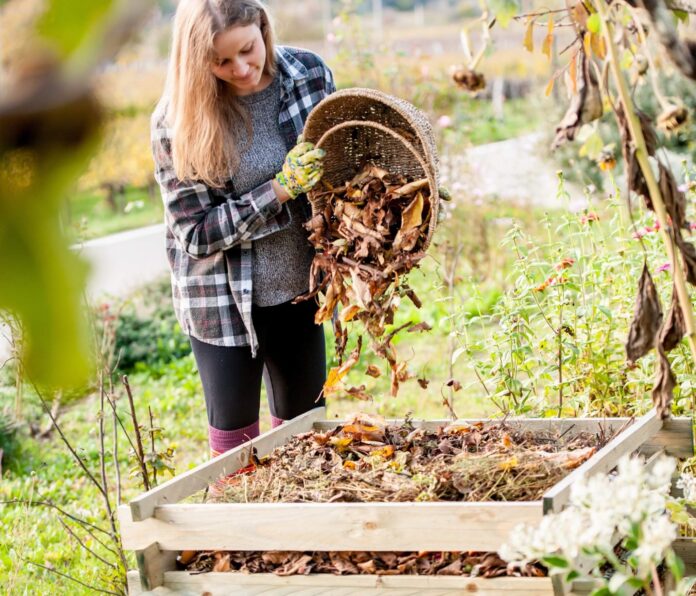

Healthy soil isn’t just about pH levels—it’s about supporting an entire ecosystem. By adopting sustainable practices, you can maintain long-term fertility and promote environmental balance.
Crop rotation prevents nutrient depletion and minimizes disease buildup. Cover crops, such as clover and legumes, enrich the soil with nitrogen while protecting against erosion. Avoiding tilling preserves soil structure and allows beneficial organisms to thrive.
Every small change contributes to a more resilient and self-sustaining environment. Gardening with sustainability in mind benefits not only your plants but also the surrounding wildlife and future generations.
Conclusion
A successful garden starts below the surface. Testing helps you make informed decisions, and natural amendments maintain a sustainable balance. Instead of forcing unsuitable conditions, work with nature to create a thriving, low-maintenance environment. Your plants—and the planet—will thank you.

